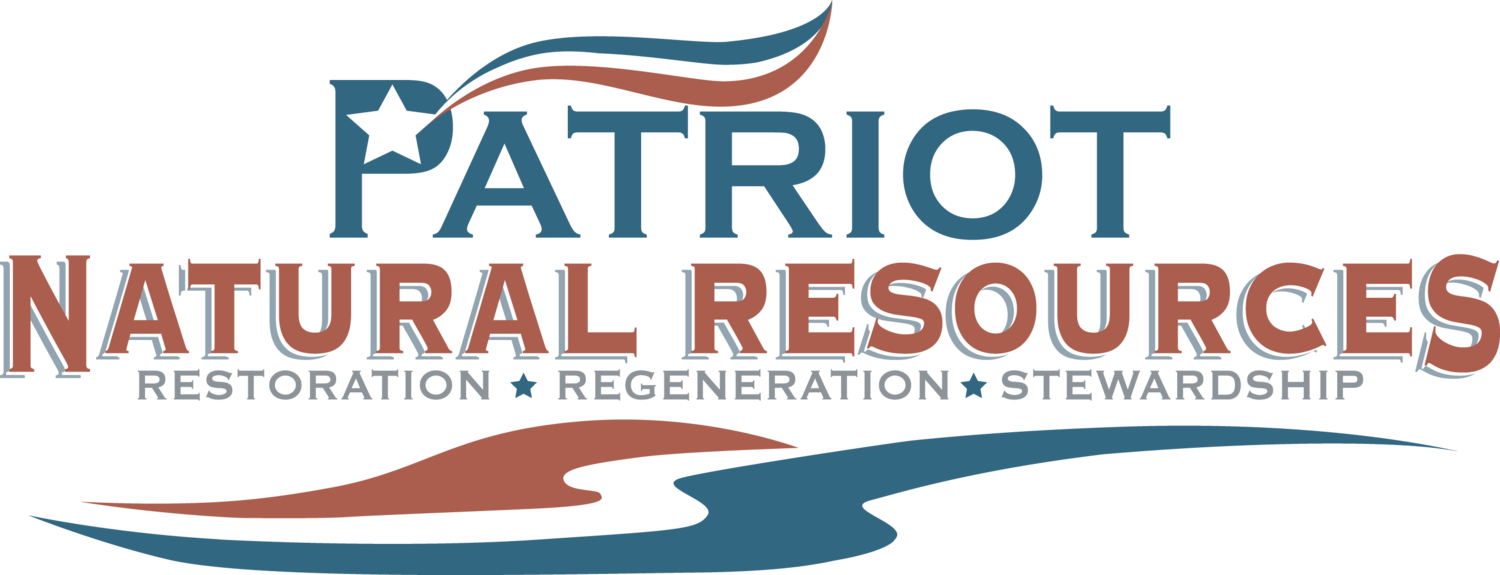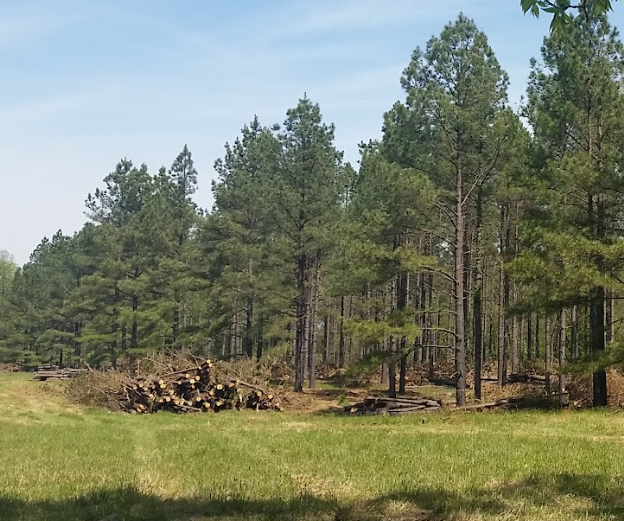Understanding Crop Tree Release: A Key Practice for Forest Stewardship
What is Crop Tree Release?
Crop tree release (CTR) is a forest management practice designed to enhance the growth and health of selected trees—called “crop trees”—by reducing competition from surrounding vegetation. The technique involves identifying high-value trees that align with a landowner’s goals, such as timber production, wildlife habitat, or aesthetic appeal, and selectively removing competing trees to give the crop trees more access to sunlight, nutrients, and water.
For forest landowners in Maryland and the Chesapeake Bay Watershed, crop tree release is an essential tool for promoting healthier forests, increasing biodiversity, and achieving long-term stewardship objectives.
Why Is Crop Tree Release Important?
Forests often become overcrowded over time, with trees competing for limited resources. Without intervention, the result is a stand of trees that grow more slowly, are less healthy, and may not meet the landowner’s goals. Crop tree release addresses this by focusing resources on the most desirable trees in the stand.
Key benefits of CTR include:
1. Improved Growth and Health:
By reducing competition, crop trees grow faster, develop stronger structures, and are better equipped to resist disease and pests.
2. Enhanced Timber Value:
CTR promotes the growth of high-quality trees with straighter trunks and fewer defects, increasing their market value.
3. Wildlife Habitat Creation:
Selecting trees that provide food (like oaks or hickories) or shelter improves habitat quality for local wildlife.
4. Increased Biodiversity:
By selectively removing less desirable species, CTR encourages a more diverse and balanced forest ecosystem.
5. Better Aesthetics and Recreation:
Opened-up spaces around crop trees can make forests more visually appealing and accessible for recreation.
How Crop Tree Release Works
1. Identify Your Goals:
The first step in crop tree release is defining what you want from your forest. Do you prioritize timber production? Wildlife habitat? Scenic beauty? Your goals will guide which trees are selected as crop trees.
2. Select Crop Trees:
Identify trees that align with your goals. Common examples include:
• Timber: Straight, healthy trees of commercially valuable species like oak or black walnut.
• Wildlife Habitat: Mast-producing trees like hickories, persimmons, or wild cherries.
• Aesthetic Appeal: Large, visually striking species or those with unique features.
3. Mark Competing Trees:
Competing trees are those that block sunlight or use resources needed by the crop trees. These are usually located within a 10- to 15-foot radius of each crop tree.
4. Remove Competing Trees:
Use selective cutting, girdling, or herbicide treatments to eliminate competing trees. Avoid disturbing the soil or damaging the remaining crop trees during this process.
5. Monitor and Maintain:
Forests are dynamic systems, so regular monitoring is essential. Additional releases may be needed as trees grow and new competition arises.
Crop Tree Release in Maryland
Maryland’s forests are diverse and play a crucial role in the Chesapeake Bay Watershed. Crop tree release is especially valuable in this region for:
• Improving Oak Forests: Oaks are key species for timber and wildlife, but they often struggle to compete with faster-growing species like red maple or tulip poplar.
• Supporting Wildlife: Crop trees like hickories and oaks provide acorns and nuts that are vital for species like deer, squirrels, and turkeys.
• Enhancing Water Quality: Healthy, well-managed forests filter runoff and reduce sedimentation, protecting waterways in the Chesapeake Bay Watershed.
How Patriot Natural Resources Can Help
At Patriot Natural Resources, we understand the value of tailored forest stewardship. Our team can help you:
• Assess your forest and define your management goals.
• Identify high-value crop trees that align with those goals.
• Plan and execute a crop tree release program using best practices.
• Provide ongoing guidance for monitoring and maintenance.
Whether you’re managing your forest for timber, wildlife, or recreation, we’ll help you achieve healthier, more productive woodlands.
A Proactive Approach to Forest Stewardship
Crop tree release is more than a management technique—it’s an investment in the future of your forest. By focusing resources on the trees that matter most, you can create a healthier, more resilient woodland that meets your goals and supports the environment.
Contact Patriot Natural Resources today to learn more about crop tree release and how we can help you take the next step in forest stewardship.

